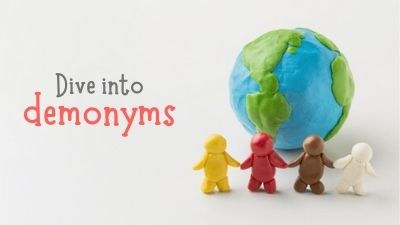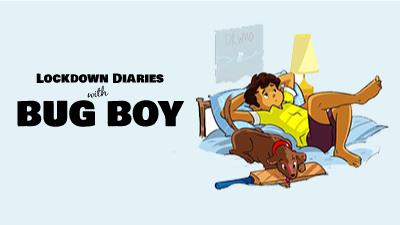Floating above the Earth is the world’s biggest camera, clicking pictures of our celestial neighbourhood. Look up a few photos clicked by the Hubble telescope.
Ever wondered what lies beyond, not just Earth, but our solar system itself? Thanks to a man-made technology floating above the Earth, we can not just learn but also see what lies billions of kilometres away.

The Hubble is a Cassegrain reflector telescope that orbits about 547 kilometres above the Earth, travelling at a speed of about 27,300 kilometres per hour. Launched in 1990, it gets a clear view of the universe free from the blurring and absorbing effects of the atmosphere. Because of this, it has been able to beam thousands of celestial images back to Earth.
Below are a few photos taken by Hubble which have broadened our knowledge of space and celestial objects. As you browse them, try moving the tiles in each picture to the right place.
1. Stellar Jewel Box
Description: Thousands of sparkling young stars are nestled within the giant nebula NGC 3603 (pictured here). This is one of the most massive young star clusters in the Milky Way Galaxy. NGC 3603, a prominent star-forming region in the Carina spiral arm of the Milky Way about 20,000 light-years away, reveals stages in the life cycle of stars.
2. Hubble Views a Dazzling ‘Fireworks Galaxy’
Description: In the last century alone, this NGC 6946 galaxy has experienced 10 observed supernovae, earning its nickname as the Fireworks Galaxy.
3. Hubble Snaps Galaxy With Intriguing Supernova Past
Description: This Hubble image shows a close-up view of a galaxy named NGC 2770. NGC 2770 is intriguing because, over time, it has hosted four different observed supernovae (not visible here). Supernovae form in a few different ways but always involve a dying star. These stars become unbalanced, lose control, and explode violently, briefly shining as brightly as an entire galaxy before slowly fading away.
4. Hubble Catches a Ring of Stellar Wildfire
Description: NGC 1614 is an eccentrically shaped galaxy ablaze with activity. NGC 1614 is the result of an active galactic merger, which creates its peculiar appearance, including a tidal tail. The cosmic collision also drives a burst of star formation that started in the core and has slowly spread outward through the galaxy.
5. Hubble Finds Best Evidence for Elusive Mid-Sized Black Hole
Description: Astronomers have found the best evidence for the perpetrator of a cosmic homicide: a black hole of an elusive class known as “intermediate-mass”, which betrayed its existence by tearing apart a wayward star that passed too close. Weighing in at about 50,000 times the mass of our Sun, the black hole is smaller than the supermassive black holes (at millions or billions of solar masses) that lie at the cores of large galaxies, but larger than stellar-mass black holes formed by the collapse of a massive star.
Information and photos: NASA










